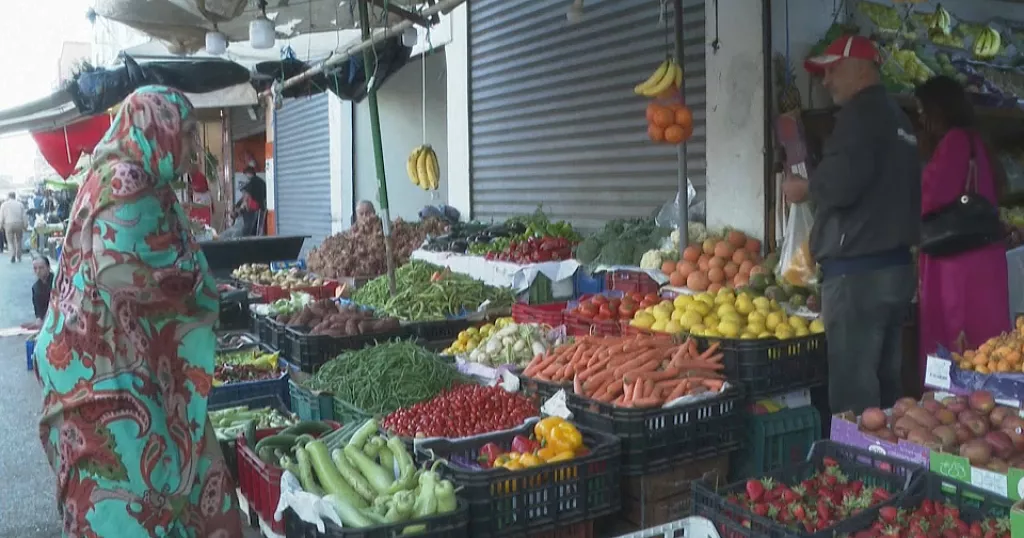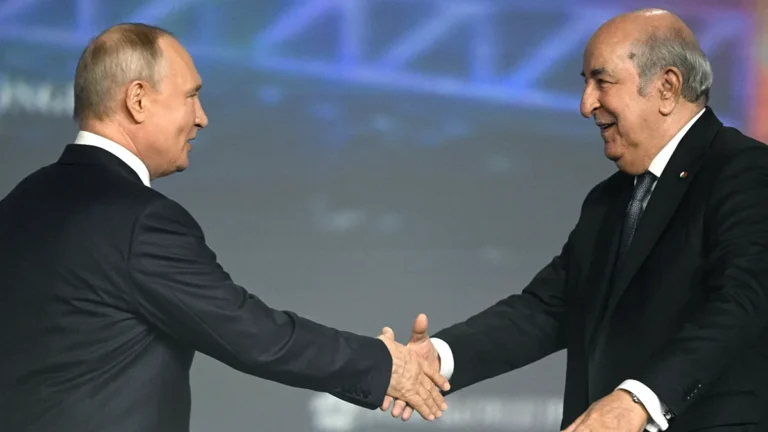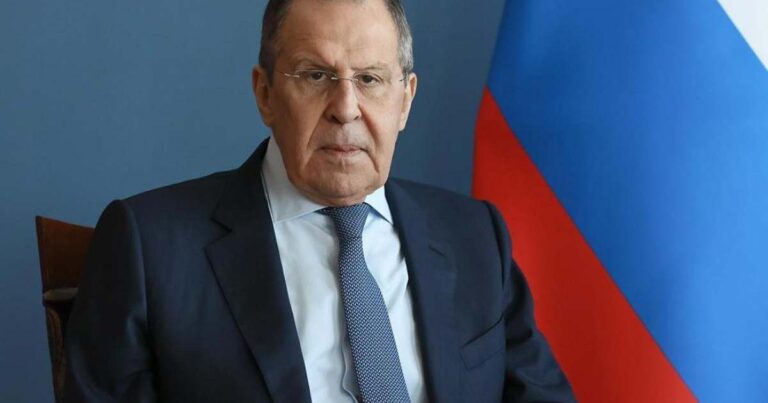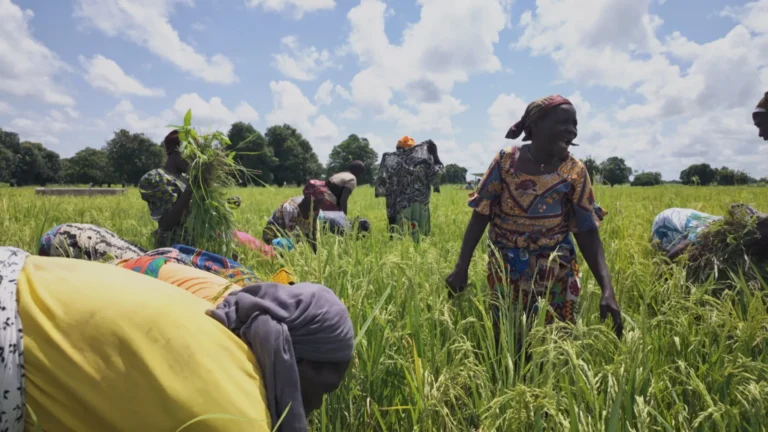
Morocco recorded a notable easing of inflation in May 2025, largely driven by falling food and fuel prices, according to the latest report from the High Commission for Planning (HCP). The development has sparked renewed speculation ahead of the Central Bank’s upcoming monetary policy meeting, with analysts watching closely for potential adjustments.
The consumer price index (CPI) dropped by 0.4% in May compared to the previous month. Food prices led the decline with a 0.8% decrease, reflecting lower costs for vegetables, meat, seafood, and dairy products.
This fall was only slightly offset by an uptick in the coffee, tea, and cocoa segment, which rose by 0.8%.
Non-food items also declined, albeit modestly, down 0.1% month-on-month. Fuel prices recorded a significant decrease of 2.7%, continuing a trend of stabilization after a period of sharp fluctuations in global energy markets.
Regionally, price movements varied significantly. Beni-Mellal (-1.5%), Safi (-1.2%), and Tangier (-1.1%) experienced the largest drops in consumer prices.
In contrast, Laâyoune and Al Hoceïma saw modest increases of 0.2% each.
On an annual basis, inflation stood at 0.4% in May.
This included a 0.5% rise in food prices and a 0.3% increase in non-food items. Certain categories remain under inflationary pressure: restaurants and hotels (+3.9%), alcoholic beverages and tobacco (+3.5%), and housing, water, and electricity (+2.1%). However, transportation costs fell sharply by 4.3% year-on-year, largely due to the cooling of energy markets.
Core inflation—which excludes volatile items and regulated prices—was unchanged over the month but rose by 1.1% compared to May 2024.
This indicates that while overall price pressures may be easing, underlying inflation remains a concern.
Cumulatively, inflation for the first five months of 2025 has reached 1.4%. Sectors such as food (+2.3%) and housing (+3.3%) have led the increase, while transport has declined by 3.1%.
Experts warn that May’s improvement may be temporary.
“May’s decline remains cyclical,” an economist in Rabat said. “The key will be to verify the stability of prices in services and manufactured goods.”
With Bank Al-Maghrib forecasting annual inflation at around 2%—assuming no major shocks to the global economy or climate—the coming months will be crucial in determining whether Morocco’s inflation curve is truly flattening or merely pausing.
The next HCP report, expected in July, is widely anticipated to provide further clarity.



